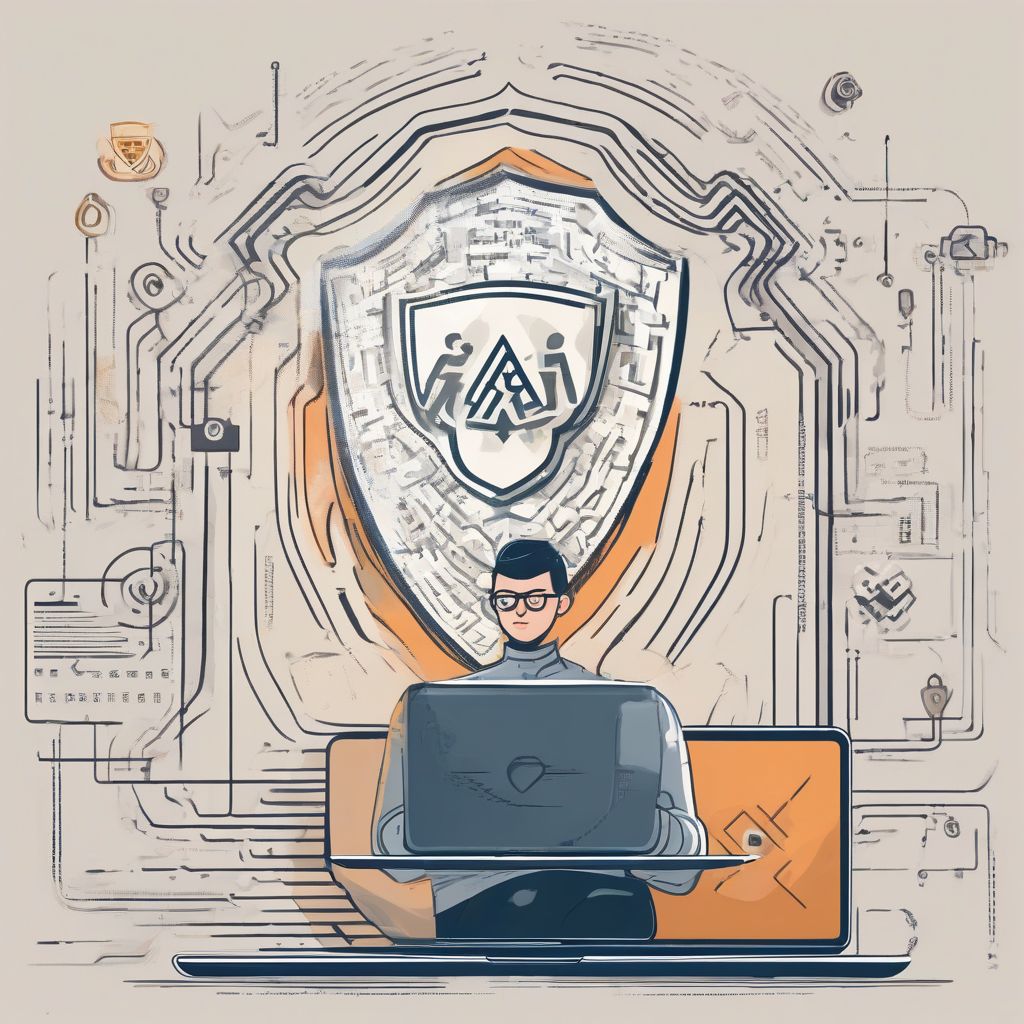Ever feel like you’re walking a tightrope in the digital world, balancing convenience with the constant threat of cyberattacks? You’re not alone. In today’s hyper-connected world, our digital lives are more vulnerable than ever. From social media accounts to online banking, our personal information is a prime target for hackers. But don’t worry, you don’t need to be a tech whiz to bolster your defenses. This article will reveal the top tech hacks for improving your digital security, empowering you to take control of your online safety.
Simple Steps for a Secure Digital Life
Protecting your digital life doesn’t require a PhD in cybersecurity. It’s about adopting simple yet effective habits. Here are some foundational steps to get you started:
Strong and Unique Passwords: Your First Line of Defense
Think of your passwords as the gatekeepers to your digital kingdom. Weak passwords are like leaving the door wide open for intruders. Use a password manager to generate and store strong, unique passwords for each account. Avoid easily guessable information like birthdays or pet names. Consider using a passphrase – a longer, more memorable sentence – as a robust alternative. As cybersecurity expert Bruce Schneier advises, “Security is a process, not a product.” Building a strong password foundation is the first step in that process.
Two-Factor Authentication (2FA): Double the Protection
Even strong passwords can be compromised. That’s where 2FA comes in. This added layer of security requires a second verification method, like a code sent to your phone, in addition to your password. Enable 2FA on all accounts that offer it, especially email, social media, and financial accounts. It’s like adding a deadbolt to your front door.
Software Updates: Patching the Holes
Software updates are not just about new features; they often include crucial security patches that fix vulnerabilities hackers can exploit. Enable automatic updates whenever possible to ensure your systems are always protected. This applies to your operating system, apps, and even your router.
 Digital Security Measures
Digital Security Measures
Advanced Tech Hacks for Enhanced Security
Once you’ve mastered the basics, consider these advanced tech hacks to further fortify your digital fortress:
VPN: Shielding Your Online Activity
A Virtual Private Network (VPN) encrypts your internet traffic and masks your IP address, making it much harder for hackers to intercept your data. This is especially important when using public Wi-Fi, which is often unsecured. Think of a VPN as a cloak of invisibility for your online activities. “Using a VPN is like sending your mail in a sealed, unmarked envelope. It protects your privacy and keeps your information confidential,” explains a leading cybersecurity consultant.
Beware of Phishing: Don’t Take the Bait
Phishing attacks are designed to trick you into revealing sensitive information like passwords or credit card details. Be wary of suspicious emails, texts, or links, and never click on anything from an untrusted source. “If it sounds too good to be true, it probably is,” as the old adage wisely advises.
Regular Backups: Your Data Safety Net
Imagine the devastation of losing all your digital files – photos, documents, everything. Regular backups are essential for mitigating the impact of data loss due to malware, hardware failure, or accidental deletion. Back up your data to an external hard drive or a secure cloud service. This is your digital safety net, ensuring you can recover your precious information in case of disaster.
Secure Your Router: The Gateway to Your Network
Your router is the gateway to your home network. Make sure it’s secured with a strong password and the latest firmware updates. Disable WPS (Wi-Fi Protected Setup) as it can be easily exploited by hackers.
Device Encryption: Locking Down Your Data
Encrypting your devices adds another layer of security by scrambling your data, making it unreadable without the decryption key. Most modern operating systems offer built-in encryption tools. This is especially crucial for laptops and mobile devices, which are more susceptible to theft.
Monitor Your Accounts: Stay Vigilant
Regularly monitor your bank and credit card statements for any unauthorized activity. Check your credit report periodically for signs of identity theft. Staying vigilant is key to catching any breaches early on.
Staying Ahead of the Curve: Embracing a Security Mindset
Digital security is an ongoing journey, not a destination. Hackers are constantly evolving their tactics, so it’s crucial to stay informed and adapt your strategies accordingly. Follow reputable cybersecurity blogs and news sources to keep up with the latest threats and best practices.
Conclusion: Empowering Your Digital Security
Taking control of your digital security doesn’t have to be overwhelming. By implementing these tech hacks and cultivating a security-conscious mindset, you can significantly reduce your risk and navigate the digital world with confidence. Remember, your digital security is in your hands. Start taking proactive steps today to protect yourself and your valuable information. What steps will you take to strengthen your digital defenses? Share your thoughts and experiences in the comments below.



